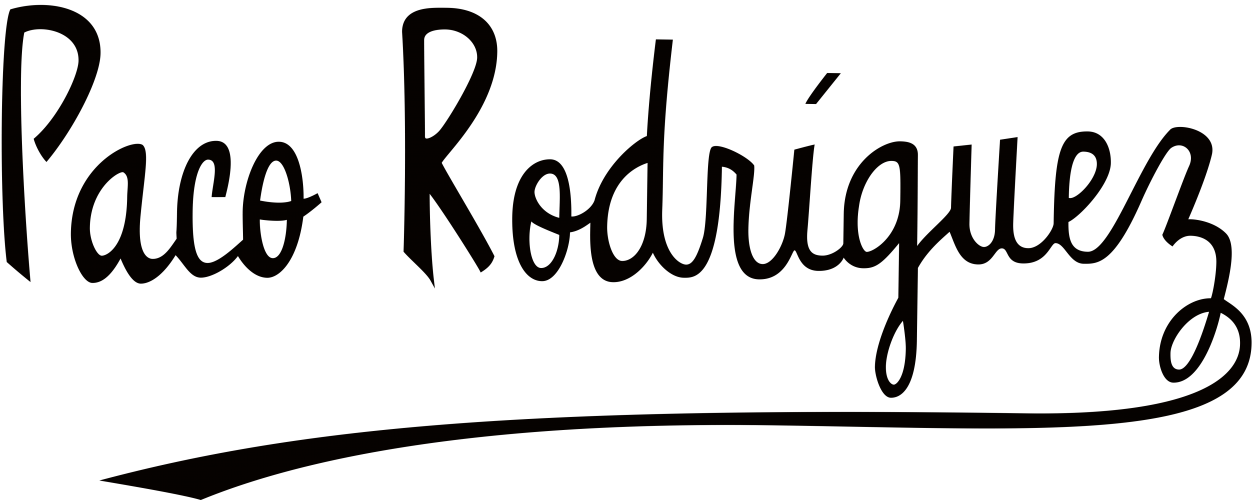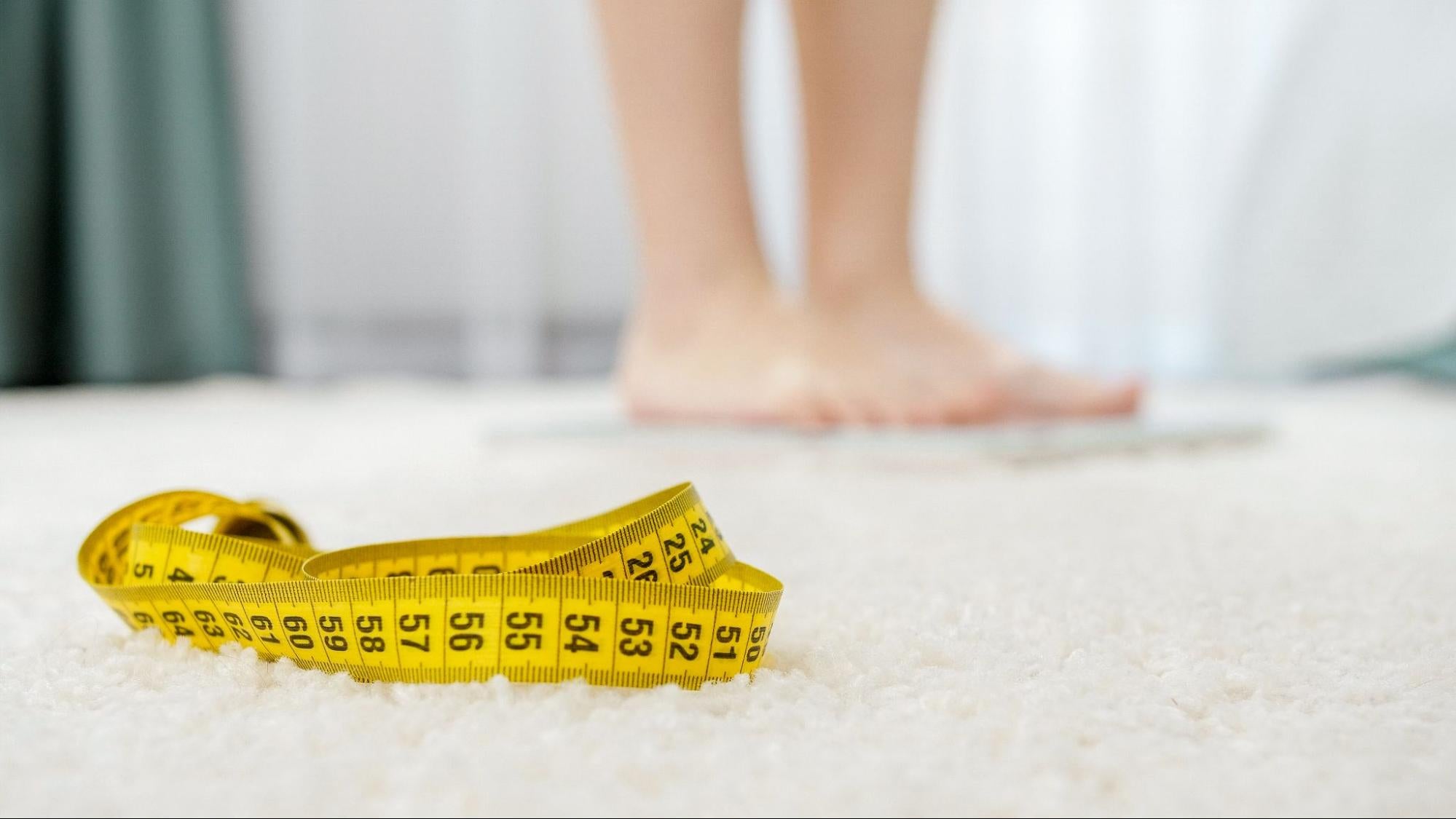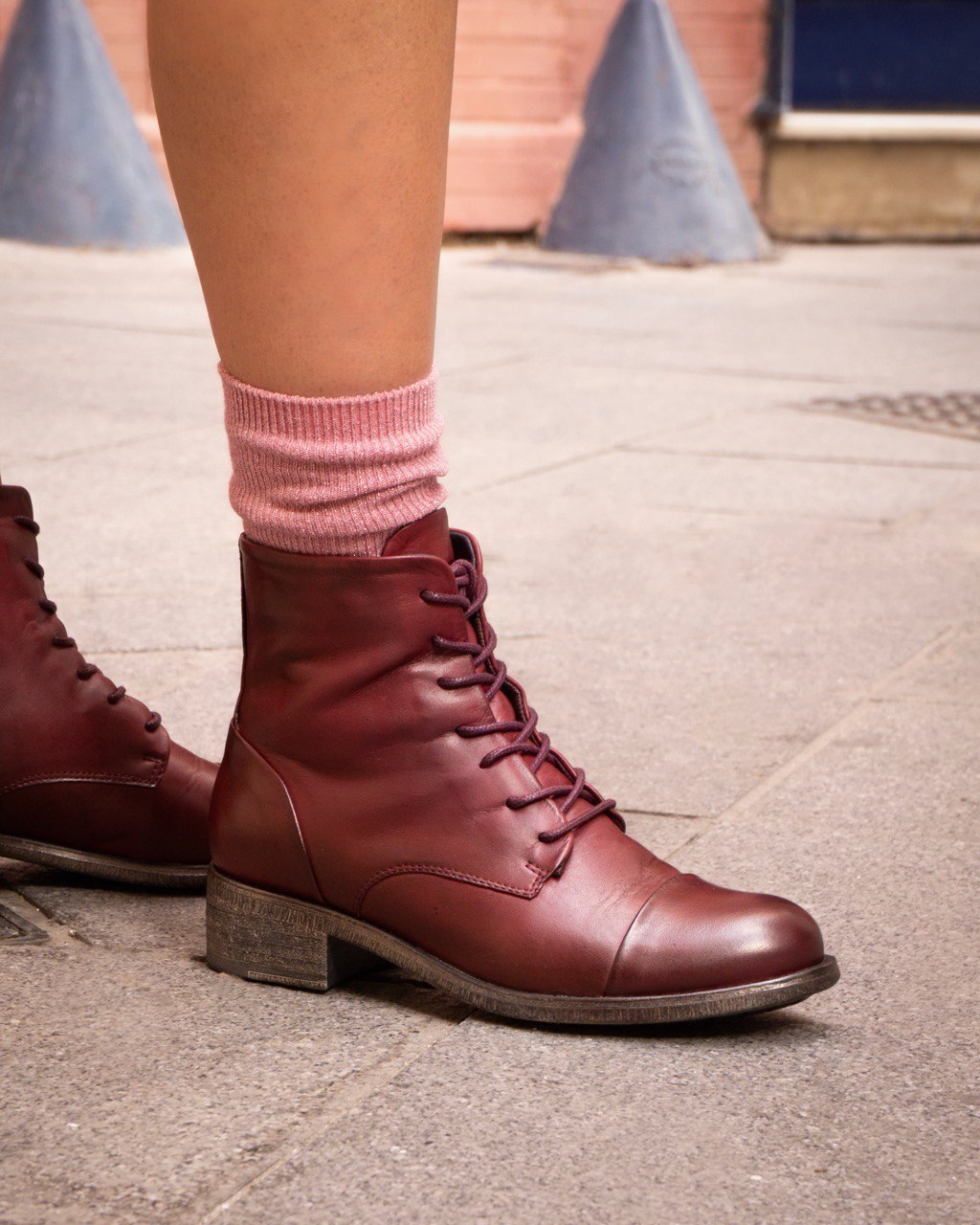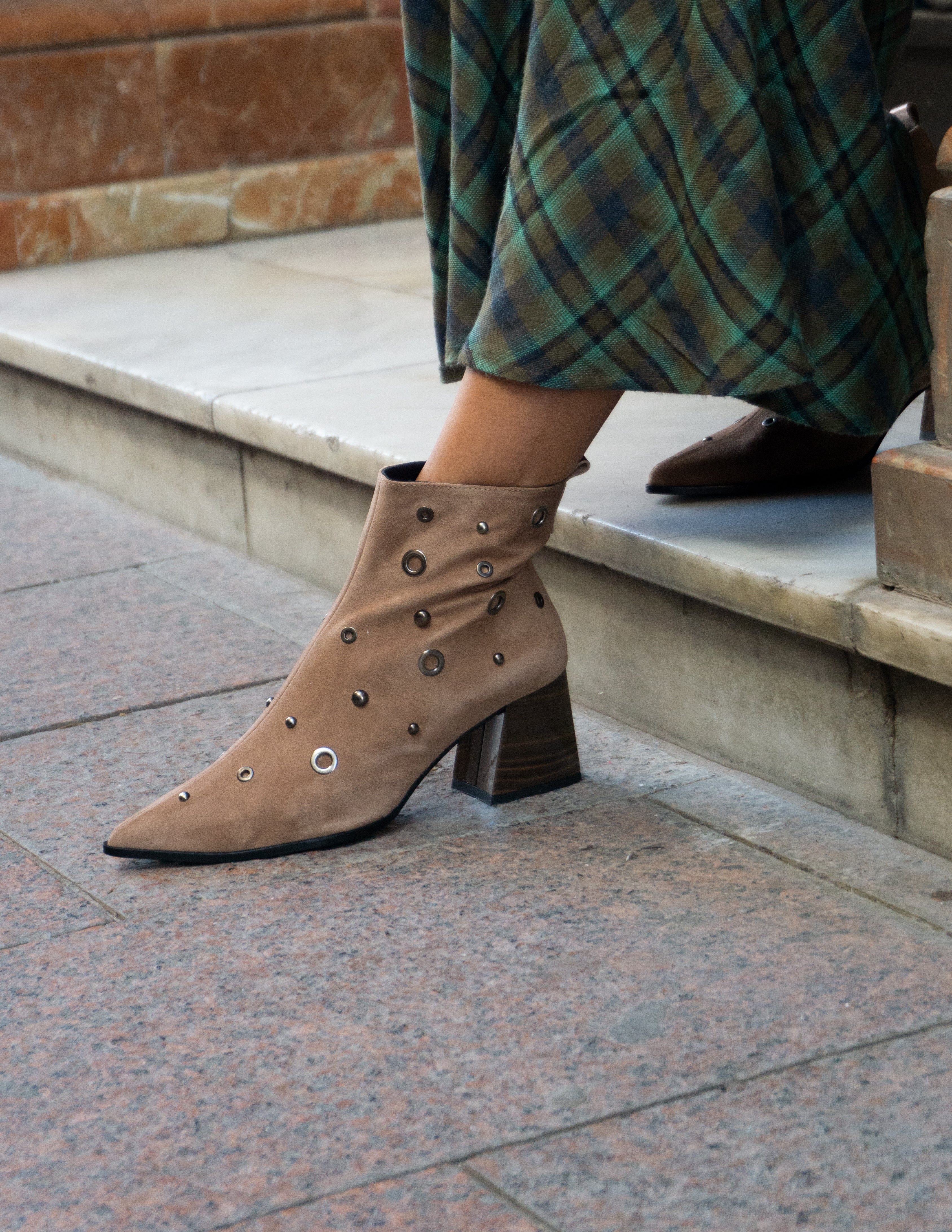As we age, the comfort and health of our feet become increasingly important. Choosing the right footwear isn't just a matter of style; it can also prevent discomfort and more serious problems, such as blisters, ingrown toenails, or even joint pain. Therefore, it's essential to know how to properly measure your foot to ensure the footwear you buy fits your body and daily needs.
In this article, we'll explain how to properly measure your foot so you always choose the right size and can enjoy comfortable and safe walking. Whether you're looking for new shoes or just want to confirm you're wearing the right size, these guidelines will be very useful to avoid future problems.
How do I measure my foot to find out what size I wear?
To know exactly what shoe size you wear, you'll need references regarding the length and width of your foot.
There are many ways to get these precise measurements at home without using any special tools or measuring devices. Below, we'll explain how to accurately measure your feet using these easy and effective techniques.
Use a ruler or meter
This is a simple and effective method that will allow you to obtain a clear measurement of the length and width of your foot, which is crucial for choosing the right footwear.
Step by step:
- Place a sheet of paper against a wall and place your bare foot on the paper, with your heel flat against the wall.
- Use the ruler or tape measure to measure the distance from your heel to your longest toe (it may not be your thumb).
- Write down the measurement.
- Next, measure the width of your foot at the widest part, usually near the metatarsals.
- Repeat this process with both feet, as one may be slightly larger than the other.
Paper and pencil
This method is very effective in obtaining an accurate visual measurement of the size and shape of your foot.
Step by step:
- Place a large sheet of paper on the floor, against a wall.
- Stand barefoot on the paper, making sure your heel is firmly planted against the wall.
- Using a pencil, trace the outline of your foot, holding the pencil upright.
- Remove your foot and use a ruler to measure the length from your heel to your longest toe.
- Also measure the width of your foot at its widest part.
- Repeat the process with the other foot and write down both measurements.
The only drawback to this method is the difficulty of maintaining a steady hand when tracing the outline.
Wear socks
If you plan to wear socks with your shoes, it's recommended to take your measurement with them on. This will give you a more accurate measurement, especially if you plan to buy shoes that are typically worn with thick socks, such as boots or athletic shoes .
Step by step:
- Put on the socks you would normally wear with the type of footwear you are looking for.
- Place your foot with the sock on it on a sheet of paper, with the heel against the wall.
- Follow the same process of tracing the outline of the foot or use a ruler to measure the distance from the heel to the longest toe.
- Note the measurement with socks on, and if it's for athletic shoes, add 0.5 to 1 cm for a more comfortable fit.
This way, you'll avoid any slight misalignment in shoes that require socks.
Knowing the shape of the foot
It's not just size that's important; the shape of your foot plays a key role in how a shoe will fit. The structure and shape of your foot influences how pressure is distributed when walking and what type of footwear will be most comfortable for you. There are three main foot types:
Egyptian foot
This is the type of foot in which the big toe is the longest, and the other toes progressively shorten. If you have this type of foot, you'd benefit from shoes with a roomier toe box that allows enough room for the big toe.
Greek foot
In this case, the second toe is longer than the first. People with Greek feet often need shoes with more room in the front. Round- or square-toed shoes, as well as roomy loafers or sneakers with a wide toe box, can offer a more comfortable fit.
Square foot
Here, the first three toes are of a similar length, giving the foot a more "square" appearance. This foot type requires shoes with wide, square toe boxes to prevent the toes from becoming compressed.
How to identify the shape of your foot?
To identify the shape of your foot, follow these steps:
- Place your foot on a piece of paper and trace its outline.
- Observe the arrangement of the fingers: compare which is the longest and whether the others decrease in length or are of a similar size.
- Use this observation to identify whether your foot is Egyptian, Greek, or square.
Knowing the shape of your foot will allow you to choose the most suitable footwear for your needs, avoiding uncomfortable pressure and rubbing. Some brands, such as Mephisto , New Balance , or Pikolinos , offer models with ergonomic features and width options that can adapt to different foot shapes, significantly improving comfort and fit.
How to convert centimeters into shoe size?
If you already have your foot measurement in centimeters, the next step is to find your equivalent shoe size. This way, you can avoid any complications when purchasing shoes, especially if you buy them through our online store .
However, it's important to remember that some manufacturers may have slight variations in their sizing, so it's always a good idea to check with the brand's size guide whenever possible.
Here's a simple guide to help you find your approximate European size based on your foot length:
Women's Shoe Size Guide
Here's a table showing European women's sizes based on foot length in centimeters. Simply measure your foot and find the measurement on the table to find your European size.
|
Length (cm) |
Size ES/EU |
|
22.4 |
35 |
|
22.7 |
35.5 |
|
23.0 |
36 |
|
23.4 |
36.5 |
|
23.7 |
37 |
|
24.0 |
37.5 |
|
24.4 |
38 |
|
24.7 |
38.5 |
|
25.0 |
39 |
|
25.4 |
39.5 |
|
25.7 |
40 |
|
26.0 |
40.5 |
|
26.4 |
41 |
|
26.7 |
41.5 |
|
27.0 |
42 |
|
27.4 |
42.5 |
|
27.7 |
43 |
Men's Shoe Size Guide
This chart will help you find your European men's shoe size based on your foot measurement in centimeters. This system is very useful for ensuring a proper fit without any margin of error.
|
Length (cm) |
Size ES/EU |
|
25.0 |
39 |
|
25.4 |
39.5 |
|
25.7 |
40 |
|
26.0 |
40.5 |
|
26.4 |
41 |
|
26.7 |
41.5 |
|
27.0 |
42 |
|
27.4 |
42.5 |
|
27.7 |
43 |
|
28.0 |
43.5 |
|
28.4 |
44 |
|
28.7 |
44.5 |
|
29.0 |
45 |
|
29.4 |
45.5 |
|
29.7 |
46 |
|
30.0 |
46.5 |
|
30.4 |
47 |
Shoe size guide for boys and girls
This size conversion chart is ideal for choosing shoes for little ones. Simply measure your child's foot in centimeters and use the chart to find the correct European size.
Shoe Size Guide for Boys and Girls
|
Length (cm) |
Size ES/EU |
|
15.7 |
25 |
|
16.4 |
26 |
|
17.0 |
27 |
|
17.7 |
28 |
|
18.4 |
29 |
|
19.0 |
30 |
|
19.7 |
31 |
|
20.4 |
32 |
|
21.0 |
33 |
|
21.7 |
34 |
|
22.4 |
35 |
|
23.0 |
36 |
|
23.7 |
37 |
|
24.4 |
38 |
|
25.0 |
39 |
|
25.7 |
40 |
|
26.4 |
41 |
These tables allow you to convert centimeter measurements into European shoe sizes for children, women, and men. At Paco Rodriguez , we use the European sizing system so you can easily find the perfect shoe that fits you, without having to complicate things with other systems.
When is it best to measure feet?
To get an accurate and comfortable measurement, it's best to measure your feet at the end of the day. During the day, our feet tend to swell slightly due to activity and the weight they bear, which slightly increases their length and width. By measuring them at this time, you'll get a more realistic reference for your size and can avoid the hassle of choosing shoes that feel too tight at the end of the day.
It's also recommended to measure both feet; often, one foot is slightly larger than the other, which is completely normal. In these cases, it's best to use the measurement of the larger foot to select the size. This will ensure greater comfort and prevent problems such as chafing or pressure.
Taking these simple precautions when measuring your feet will help ensure a more proper fit, especially if you plan to spend a lot of time in your shoes or engage in activities that could increase natural foot swelling.
Why is it important to choose the right shoe size?
Choosing the right shoe size is key to ensuring the health and comfort of our feet. A shoe that doesn't fit properly can not only cause immediate discomfort, such as blisters or chafing, but can also lead to more serious health problems if worn for long periods of time. From toe deformities, such as bunions or hammertoes, to problems affecting the sole of the foot like plantar fasciitis or even Achilles tendon pain, ill-fitting footwear can have a long-term negative impact.
Avoid injuries
Wearing shoes that aren't the right size increases the risk of injury, both in everyday life and during sports. Shoes that are too narrow or too short can squeeze the toes, causing problems such as ingrown toenails or deformities.
Furthermore, in sports, it's important that footwear distributes weight evenly to prevent falls, sprains, or strains on muscles and tendons. Choosing the right footwear for each activity is essential, as each discipline requires specific support.
Protection
Good footwear should do more than just fit well; it should also protect your feet. This means it should have a toe box wide enough to prevent pressure on your toes and a stable heel to reduce the risk of twisting or instability. In wet or slippery environments, such as when walking on wet surfaces, a slip-resistant sole is essential to prevent accidents.
Poor-quality or ill-fitting shoes can also affect foot breathability, which could lead to excessive sweating or infections. In short, choosing well-fitting shoes not only ensures greater comfort in your daily life, but also protects your feet and helps prevent potential injuries.
At Paco Rodríguez, we offer a wide variety of shoes designed to fit different foot shapes and sizes, combining design, comfort, and health. You can visit our online store or visit any of our three stores in Seville , where we will be happy to help you find the perfect footwear for your feet.






Share this article: